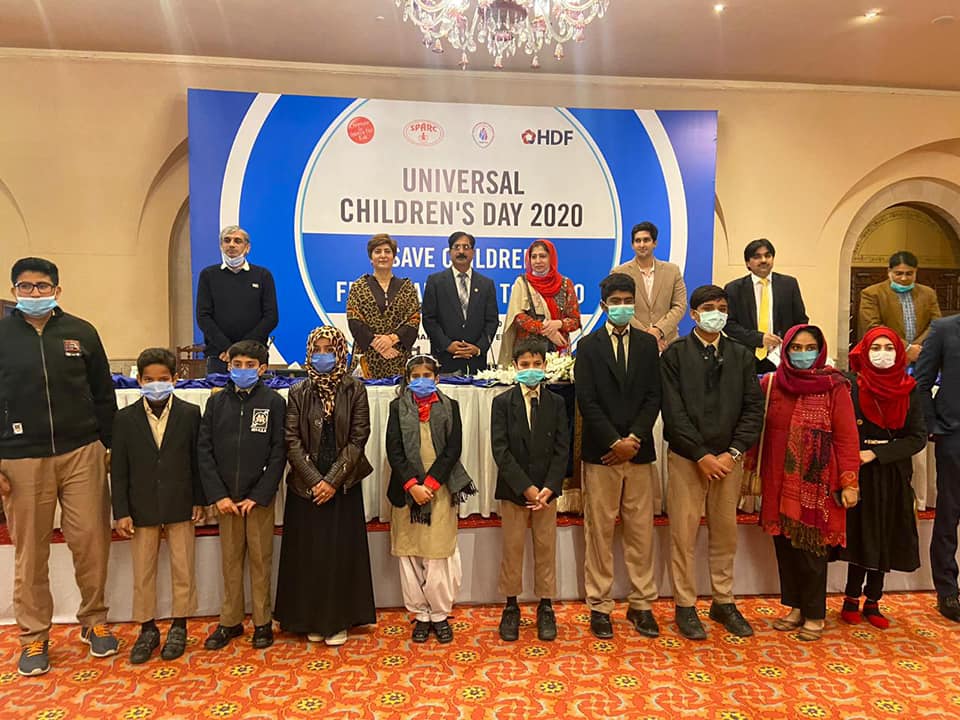By: Waseem Shabbir
Global geopolitical trends that existed before the onset of the corona virus will only intensify in its wake, and US-China competition will become more pronounced across the Eurasian landmass. The major struggle will play out in the newly emerging Indo-Pacific region. Though this geographic concept only recently replaced the outdated Asia Pacific vision, it has surfaced from time to time in the writings and speeches of past political thinkers and politicians. The Indo-Pacific region refers to the confluence of the Pacific and Indian Oceans, which interconnect in Southeast Asia.
The shift from the Asia-Pacific to the Indo-Pacific is not just a matter of real politik. It reflects tectonic geopolitical shifts that have occurred in the world over the past two decades or so. Southeast Asia’s centrality to U.S. Asia policy has often not been matched by the level of attention given to it, particularly during the first few decades that followed the end of the Vietnam War. Nonetheless, under the George W. Bush, Barack Obama administrations, and Trump U.S. policymakers displayed a growing recognition of importance of the region on its own merits as well as to the wider region, be it in terms of its brisk economic growth rates or its role in addressing challenges ranging from terrorism to climate change to China’s rise.
A major driver after the Trump administration’s emphasis on Southeast Asia is the subregion’s importance within the broader Indo-Pacific; a region of great importance to U.S. interests and that of its allies and its partners as recognized by officials and elites over the years. Officer and historian, Admiral Alfred Thayer Mahan, once said: “Whoever controls the Indian Ocean dominates Asia. This ocean is the key to the seven seas in the twenty-first century, the destiny of the world will be decided in these waters.” Asia-Pacific or Indo-Pacific region (interchangeable terms) is increasingly becoming a focus of attention for competing interests of the US and China to gain strategic influence. This power quest is likely to transform the geopolitical scenario not only in the Asia Pacific region but also in South Asia.
According to the US National-Security Strategy-2017, the Indo-Pacific region is the center of geopolitical competition between free and repressive visions of the world. The US resurgence to the Indo-Pacific region aims at curbing China’s continuous rise as an economic giant while placing India at the center of its policy besides acknowledging it as the leading power worthy of the US defense and security agreements. Thus, major countries of the region including China, Russia, India, and Pakistan are in the phase of diversifying and reconfiguring their relationships. These changing geopolitical configurations are leading to the emergence of a new global order having a strategic shift of the US from ‘Trans-Atlantic’ to ‘TransPacific’ politics. The Indo–Pacific region is, therefore, turned out to be a new global stage for geopolitical, economic, and military competition among great powers characterizing this 21st century as ‘The Asian Century.
China’s rapid economic and strategic growth in shape of its billion dollar project “BRI”, its fast expanding influence across Southeast Asian Regions and its dominance in South China Sea are some triggering factors challenging US hegemony; thus, to contain and counter China’s ascendence, US alongside its allies including Australia, Japan, and particularly the India has ensured a heavy deployment of three warships, accompanied by Navy cruisers, destroyers, fighter jets and other aircrafts to counterbalance China’s naval presence in the Indo-Pacific. Therefore, to prepare for any future military adventure with China, US cruise named Nimitz and Ronald Reagan have conducted naval drills which basically aim at creating impediments for China in Indo Pacific in order to disrupt its Oil supplies via Strait Of Mallaca. However, successful completion of CPEC, a Chinese $70 billion project will offer China an alternative route to Strait Of Mallaca for its safe oil supply to China from Gulf World.
Moreover, after the President Trump’s National Defence Strategy, termed the interstate competition and not terrorism as the primary concern for the US, henceforth, a clear escalation of the Asia Pivot Policy. The manifestation of a new Cold War is already progress including high trade tariffs against imports from China, restrictions on investments to and from China, sanctions on China’s military entities, US renewed arms sale to Taiwan, sanctions on Russia, and US expansion of freedom of navigation operations in the South China Sea. While President Trump on July 11, 2019, used the term Indo Pacific instead of Asia–Pacific saying the coinage underlined the significance of India as being a close partner to the US and with which the US has strong and rising ties. The US bestowing India with the ‘Net Security Provider’ status is evident in envisioning for her the role of an extra-regional anchor. That is by means of investing in the country through its capacity building, logistics exchanges, technology, and defense and thus, making her a major defense partner to the US in the region.
For Pakistan, this scenario is a matter of concern; its history is suggestive of the fact that each time it became part of a cold war on behalf of any superpower, it emerged greatly bruised. Alongside, South Asia has emerged as a theatre, once again, for great power rivalry. Pakistan being a strategic partner of China through CPEC and India as a US strategic partner in the region envisioned in the US Indo-Pacific strategy have serious repercussions for Pakistan’s security.
The US has chosen India as its strategic partner in the Indo-Pacific with increasing cooperation in the field of defense, such as the Logistics Exchange Memorandum of Agreement (LEMOA)58 and Communications, Compatibility and Security Agreement (COMCASA).This emboldening of India militarily by the US to counter China has posed a security dilemma for Pakistan. The country has fallen into the rival’s faction because of intensified tensions with India specifically and with the US generally. There are implications for Pakistan’s security ranging from arms race in the region, Indo-Pak rivalry vis-à-vis Kashmir dispute to security dilemma for Pakistan and other regional countries in the wake of US-India cooperation, US-China rising tension, China-Pakistan cooperation and Pakistan–India tension. At the same time, the US China competition may add to Pakistan’s internal security problems via political instability or affecting its socio-economic development projects. Amid such an environment, Pakistan needs to diversify its foreign policy options by working constructively and progressively while ensuring its internal security strong.
To conclude, this complex geopolitical scenario demands prudence, sagacity, and a meticulously balanced approach in Pakistan’s foreign policy choices. Being a developing country, Pakistan cannot pick and choose at will. Nevertheless, given its pivotal geostrategic importance and the opportunities arising, thereof, demand greater wisdom in deliberating the future policy choices by its leadership. There is no denying the fact that the US and China have become major rivals in Asia as China consistently expands and consolidates its soft power. On the other hand, the US is determined to begin a cold war to maintain its full power spectrum and status quo as being the sole superpower of the world. That is by using India as an anchor for its strategy. However, this is equally understandable that both states will avoid the “Thucydides Trap” as both have learned lessons in the past.
The writer is Gujranwala based political analyst and freelance Columnist. He can be reached at [email protected]








